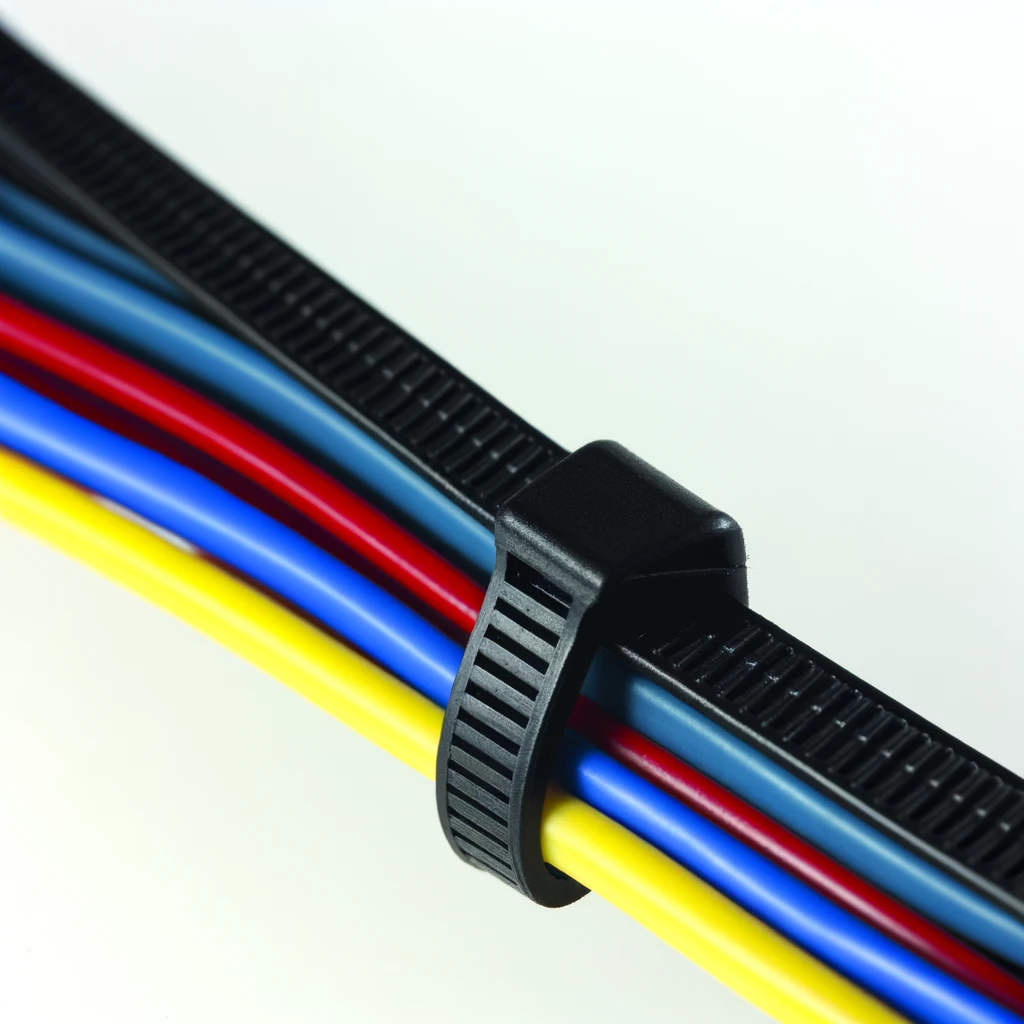In today's fast-paced, technology-driven world, a reliable and efficient network is the backbone of any successful business. However, many organizations overlook a critical aspect of network performance and security: cable management.
In this article, we'll explore the risks associated with inadequate cable management and provide actionable tips to help you optimize your network's performance and security. By the end, you'll have a clear understanding of why cable management matters and how to implement best practices in your organization.
The Dangers of Poor Cable Management
A tangled mess of cables isn't just an eyesore; it can have serious consequences for your network's performance and security. Here are some of the key risks associated with poor cable management:
Reduced Network Performance
When cables are poorly organized, they can become bent, kinked, or crushed, leading to signal degradation and slower network speeds. This can result in frustrating delays, reduced productivity, and even lost revenue.
Increased Downtime
Poorly managed cables are more susceptible to damage and disconnection, which can cause unexpected network outages. These disruptions can be costly, both in terms of lost productivity and the resources required to identify and resolve the issue.
Security Vulnerabilities
A disorganized cable infrastructure can make it easier for unauthorized individuals to access sensitive network components, increasing the risk of data breaches and cyber-attacks. Properly secured and labeled cables are essential for maintaining network security.
Difficulty Troubleshooting
When issues arise, a well-organized cable system is much easier to troubleshoot than a tangled mess. Poor cable management can lead to longer resolution times, increased frustration, and higher IT costs.
Best Practices for Effective Cable Management

Now that we understand the risks of poor cable management let's explore some best practices for keeping your network running smoothly and securely.
Plan Your Cable Infrastructure
Before installing any cables, take the time to plan your cable infrastructure carefully. Consider factors such as the location of network components, the expected growth of your network, and the specific needs of your organization.
Use the Right Cables and Connectors
Invest in high-quality cables and connectors that are designed for your specific network requirements. Using the wrong type of cable or low-quality components can lead to signal loss, interference, and reduced performance.
Implement a Labeling System
A clear and consistent labeling system is essential for effective cable management. Label each cable with information such as its purpose, origin, and destination, making it easier to identify and troubleshoot issues when they arise.
Organize Cables with Cable Ties and Velcro
Cable ties and Velcro straps are invaluable tools for keeping cables neat and organized. Use these products to bundle cables together, secure them to racks and other surfaces, and prevent tangles and knots.
Regularly Audit and Maintain Your Cables
Cable management is an ongoing process, not a one-time task. Regularly audit your cable infrastructure to ensure that everything is properly labeled, organized, and secured. Replace any damaged or outdated cables promptly to maintain optimal network performance.
Wrapping Up
Effective management is essential for ensuring the performance, reliability, and security of your network. By understanding the risks of poor management and implementing best practices, you can keep your network running smoothly and avoid costly downtime and security breaches.
Ready to take your cable management strategy to the next level? Check out cabletiesunlimited.com for the best cable management solutions.

